20+ Years Experience
Specialist Resin Flooring Installers

Enquire Today For A Free No Obligation Quote
Epoxy flooring is a popular choice for many homeowners and businesses due to its durability, aesthetic appeal, and resistance to stains and damage. To keep your epoxy floors looking their best and maintain their longevity, proper cleaning and maintenance are essential. Here are some essential tips to help you effectively clean and maintain your epoxy floors.
Why Choose Epoxy Flooring?
Essential Tips for Cleaning Epoxy Floors
Maintaining Epoxy Floors for Longevity
Common Mistakes to Avoid
Professional Maintenance and Restoration
Consider hiring professional maintenance and restoration services to keep your epoxy floors in top condition. They can provide deep cleaning, recoating, and repairs when needed.
By following these essential tips and avoiding common mistakes, you can ensure that your epoxy floors continue to shine bright and withstand the test of time.
Looking to enhance your flooring? Find out why epoxy flooring is the perfect choice! With its unrivalled durability and long lifespan, as well as a variety of design options to suit your style, not to mention its impressive resistance to stains and damage. We will explore the exceptional advantages of epoxy flooring, providing you with all the reasons you need to select this elegant and dependable option for your area.
Durability and longevity are important factors to consider when selecting epoxy flooring. There are several reasons why epoxy floors are renowned for their long-lasting properties:
Epoxy floors are highly resistant to wear and tear, which makes them ideal for areas with high foot traffic.
They can endure heavy loads, making them suitable for industrial and commercial settings.
Epoxy floors are resistant to stains, chemicals, and other types of damage, ensuring their longevity.
Regular maintenance, such as sweeping and mopping, can help prolong the lifespan of epoxy floors.
Pro-tip: It is advisable to avoid using abrasive cleaning tools and harsh cleaning products as they can harm the epoxy coating. Instead, choose pH-neutral cleaners and promptly address any stains or spills. This will help maintain the durability and longevity of your epoxy floors.
When it comes to epoxy flooring, there are various aesthetic and design options to consider. Here are a few examples to help you choose the right look for your space:
Epoxy flooring provides excellent resistance to stains and damage, making it a popular choice for various spaces. The durability of epoxy floors is attributed to several key factors:
To maintain the resistance to stains and damage, it is crucial to clean epoxy floors regularly and avoid using abrasive cleaning tools or harsh cleaning products. Implementing preventive measures, such as placing mats at entryways and using furniture glides, can also help protect the floor’s integrity. Regular inspections and prompt repair of any damages will contribute to the long-term durability of epoxy flooring.
Keep your epoxy floors looking bright with these essential cleaning tips. From regularly sweeping and dusting to using proper mopping techniques, we have you covered. Explore the effectiveness of pH-neutral cleaners and learn how to promptly deal with stubborn stains. With these expert tips, your epoxy floors will not only endure the test of time but also retain their stunning appearance. Prepare to make your floors the envy of all!
To maintain the longevity and appearance of your epoxy floors, it is essential to regularly sweep and dust them. Here are the steps to follow:
In a similar situation, a homeowner named Jane diligently followed these steps to clean her epoxy floors every week. As a result, her floors maintained their shine and durability for years, impressing her guests and adding value to her home.
Proper mopping techniques are crucial for maintaining the cleanliness and shine of epoxy floors. Follow these steps for effective mopping:
Using the appropriate cleaning products and techniques is crucial to maintaining the longevity and appearance of your epoxy floors.
Fun Fact: Proper mopping removes not only visible dirt, but also invisible bacteria and allergens, ensuring a healthier environment.
Using pH-neutral cleaners is essential for maintaining the integrity of epoxy floors. Here are some steps to follow:
By using pH-neutral cleaners, you can effectively clean your epoxy floors without causing any damage or discolouration.
The use of pH-neutral cleaners dates back to ancient civilisations, where people discovered that certain substances with balanced pH levels were effective in cleaning various surfaces without causing harm. Over time, this knowledge has been passed down through generations, and today, pH-neutral cleaners continue to be used to maintain the cleanliness and longevity of different types of flooring, including epoxy floors.
To effectively remove stains from epoxy floors, it is important to act promptly. Here are the steps to follow:
Maintaining Epoxy Floors for Longevity
Discover the secrets to maintaining the brilliance and longevity of your epoxy floors like a pro! This section will delve into key practices that will keep your epoxy floors in impeccable condition for years to come. From preventing unsightly scratches and abrasions to safeguarding against harsh chemicals, we will explore efficient methods to ensure the longevity of your beautiful epoxy flooring. We will also reveal how to shield your floors from the harmful effects of UV damage. Get ready to unlock the secrets of maintaining your epoxy floors with ease!
Preventing scratches and abrasions on epoxy floors is essential for maintaining their durability and appearance. Follow these steps to prevent scratches and abrasions:
Here’s an inspiring story: A homeowner who invested in an epoxy floor followed these preventive measures and enjoyed flawless floors for years without any scratches or abrasions. Their careful maintenance paid off, ensuring the floor maintained its beautiful appearance for a long time.
Avoiding exposure to harsh chemicals is essential for maintaining the longevity and appearance of epoxy floors. Here are some steps to follow:
To protect epoxy floors from UV damage, there are several steps that can be followed. These steps include:
1. Applying a UV-resistant topcoat: It is important to choose a topcoat that is specifically formulated to block UV rays and prevent discolouration or fading.
2. Regular cleaning: Keeping the floor clean from dirt and debris is essential, as these particles can amplify the damaging effects of UV rays and cause premature degradation.
3. Minimising direct sunlight exposure: Using curtains, blinds, or UV-blocking window films can help to reduce the amount of sunlight reaching the floor.
4. Using area rugs or mats: Placing rugs or mats in areas where the floor receives direct sunlight can create a barrier and shield the epoxy coating.
5. Regular maintenance: It is important to routinely inspect the floor for any signs of UV damage, such as discolouration or surface deterioration, and address any issues promptly.
By following these steps, epoxy floors can be effectively protected from UV damage. This is crucial in maintaining their appearance and longevity, ensuring that your investment in a durable and aesthetically pleasing flooring option remains protected for years to come.
It is interesting to note that the use of resins and natural oils to create durable floor coatings dates back to ancient times. Egyptians utilised these techniques to protect against sun damage. This early history of floor protection has formed the foundation for modern-day epoxy flooring, which utilises advanced technology to safeguard floors from UV rays, similar to the methods employed by the ancient Egyptians thousands of years ago.
Let’s dive into the common mistakes to avoid when cleaning and maintaining your epoxy floor. We will discuss the pitfalls of using abrasive cleaning tools, the dangers of harsh cleaning products, and the negative effects of allowing standing water or moisture. Learn how to avoid these blunders and keep your epoxy floor shiny and brilliant for years to come!
Using abrasive cleaning tools on epoxy floors can cause damage and reduce their longevity. To properly clean epoxy floors and avoid scratching or wearing down the surface, follow these steps:
By following these steps and avoiding abrasive cleaning tools, you can keep your epoxy floors looking clean and maintain their durability for years to come.
Using harsh cleaning products on epoxy floors can cause significant damage. These products often contain abrasive chemicals that can strip away the protective coating and dull the shine of the floor. Instead, choose pH-neutral cleaners that are specifically designed for use on epoxy surfaces. These cleaners effectively remove dirt and stains without causing any harm. By avoiding harsh cleaning products, you can maintain the integrity and longevity of your epoxy floors, keeping them looking beautiful for years to come.
In 2016, a homeowner mistakenly used a harsh cleaning product on their newly installed epoxy floor. The strong chemicals caused the epoxy to discolour and peel, resulting in an expensive and time-consuming repair process. This incident highlighted the importance of using the right cleaning products and inspired many to educate themselves on proper epoxy floor maintenance.
Allowing standing water or moisture on epoxy floors can lead to potential damage and deterioration. Epoxy floors are renowned for their durability and resistance to stains, but prolonged exposure to water can compromise these qualities. Moisture can seep into the epoxy coating, causing it to lift, bubble, or peel. This not only affects the floor’s appearance but also its structural integrity. To prevent this, it is important to promptly clean up any spills or standing water on epoxy floors. Regularly inspecting the floor for signs of water or moisture accumulation and addressing them promptly can help maintain the longevity and quality of your epoxy flooring.
Proper maintenance and restoration is crucial for maintaining the shine and durability of your epoxy floor. Follow these steps to ensure that your flooring stays in top condition:
Regular maintenance is important for epoxy flooring to keep it in good condition. Daily brushing and vacuuming is necessary to remove dirt and debris that can scratch and damage the floor. Semi-regular heavy-duty cleaning can be done using a foam mop, hot water, and clear ammonia. Stains should be cleaned up as soon as they appear to prevent slip hazards and damage to the flooring.
It is important to use the right cleaning products for your epoxy floor. Soap-based cleaners should be avoided as they can leave a residue and make the floor slippery when wet. Instead, water and ammonia are recommended for routine cleaning, as they are alkaline and do not damage the floor. Harsh chemicals should never be used, as they can dull the finish and wear away the protective properties of the floor.
To maintain the high gloss finish of epoxy floors, it is important to avoid using soap, citrus cleaners, and vinegar as they dull the shine and wear away the protective properties of the floor. It is recommended to use an electric sweeper instead of a broom to avoid scratches. Regular cleaning and avoiding abrasive materials will help the epoxy floor retain its glossy appearance.
To prevent slip hazards on epoxy flooring, mats should be placed at entry and exit points to prevent the floor from becoming slippery due to snow or water. Signage can be added to remind people to wipe their feet before entering the building. Extra cleaning routines may be needed during the day to prevent water from pooling on the floor. Attention to detail and regular maintenance will help keep the floor safe and slip-resistant.
Epoxy flooring can last up to 10-20 years with proper maintenance. Routine cleaning, avoiding harsh chemicals, and promptly addressing stains and spills are key to extending the lifespan of your epoxy floor. By properly maintaining the floor, you can ensure its durability and longevity.
When selecting cleaning products for epoxy floors, it is important to choose environmentally friendly options. The US Environmental Protection Agency (EPA) has released guidelines called the Safer Choice standard to help consumers find effective and environmentally friendly products. However, it is essential to remember that not all environmentally friendly products are safe for epoxy floors. It is recommended to use diluted cleaning solutions of Simple Green or other EPA-approved products to ensure both effectiveness and safety for your epoxy floor.
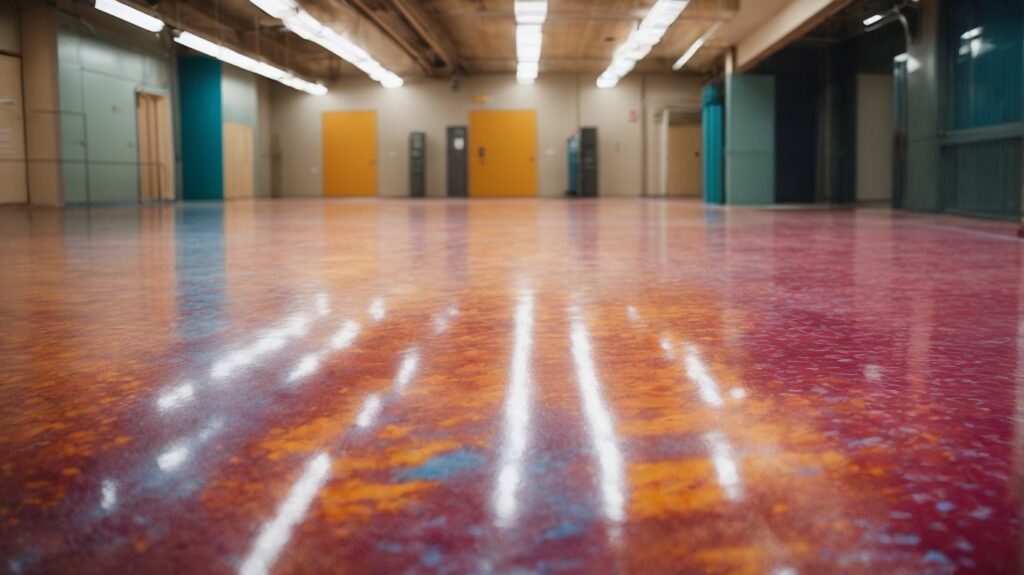
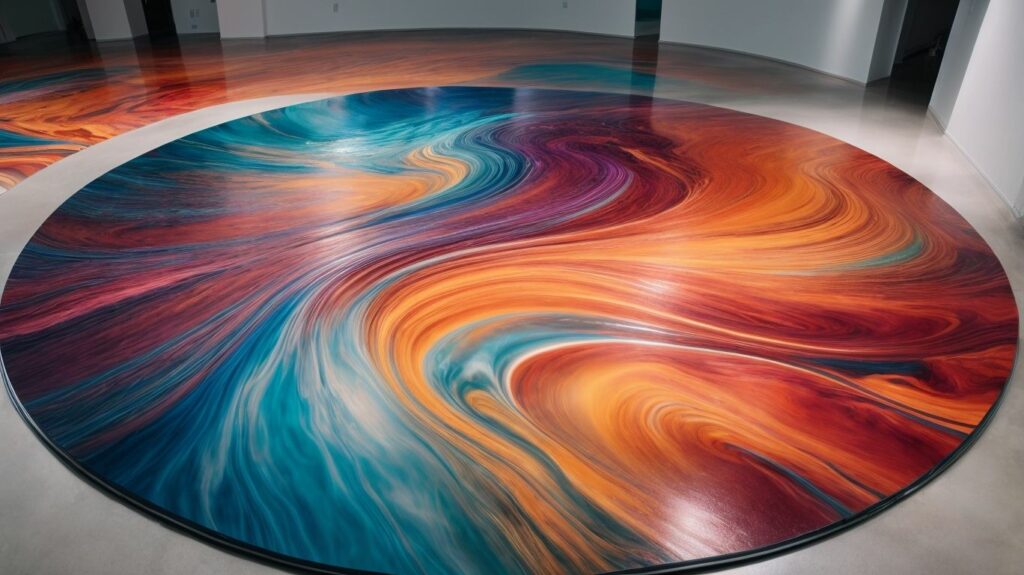
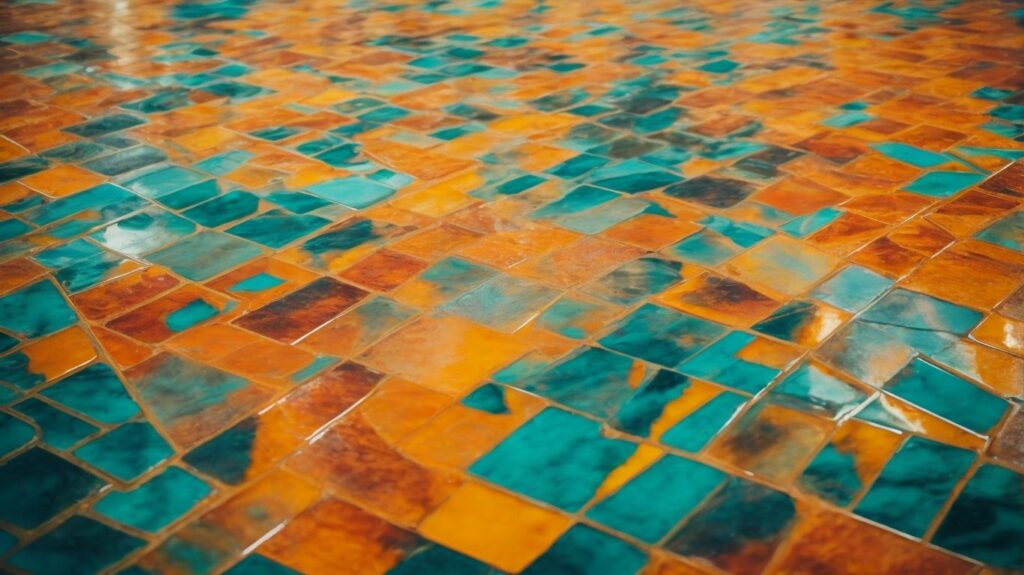
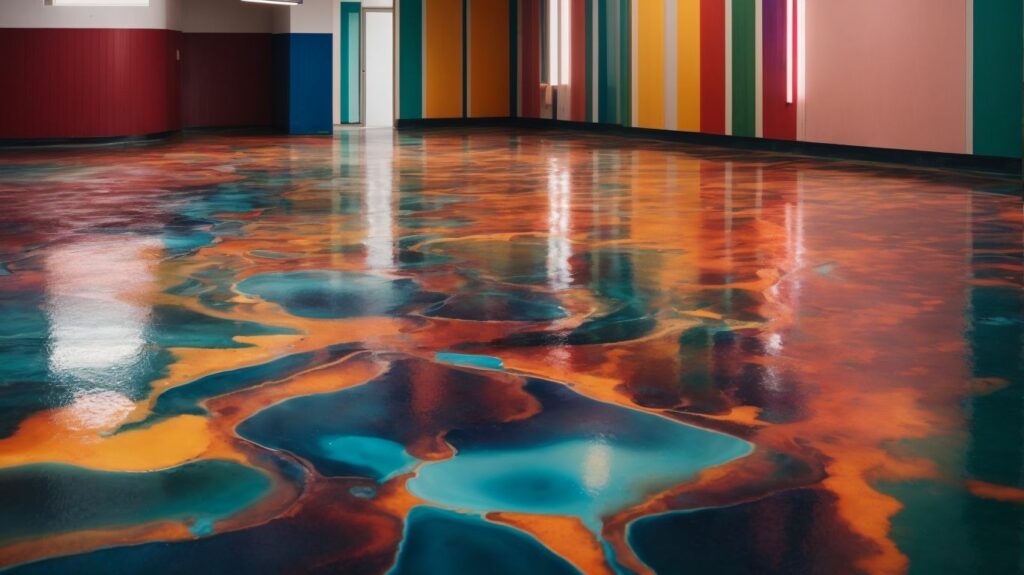

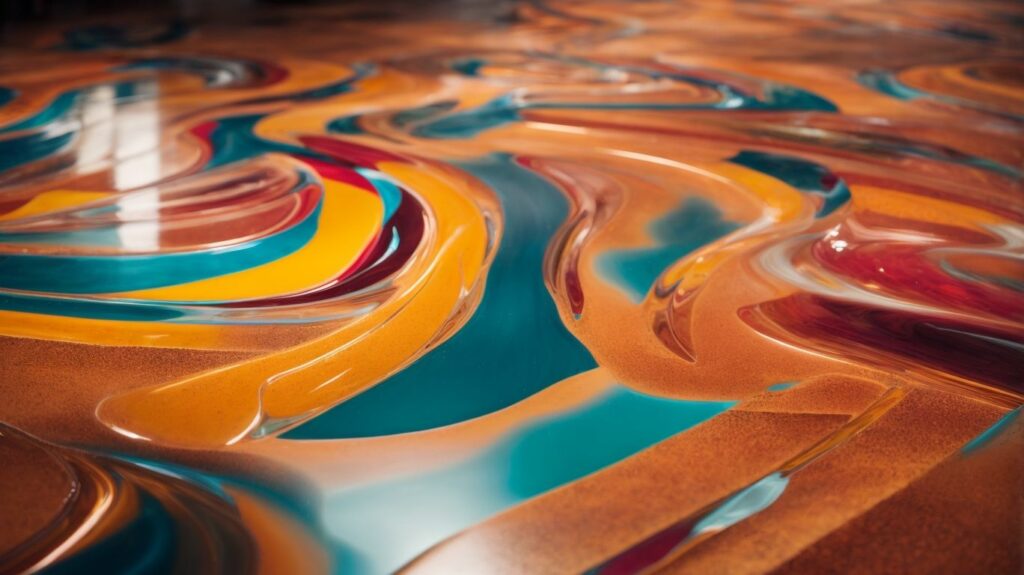
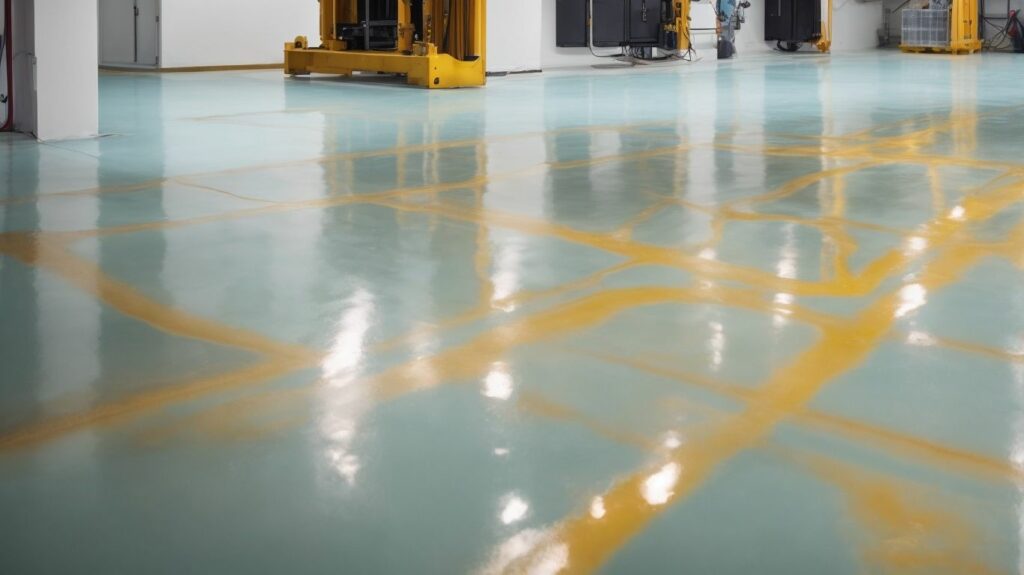
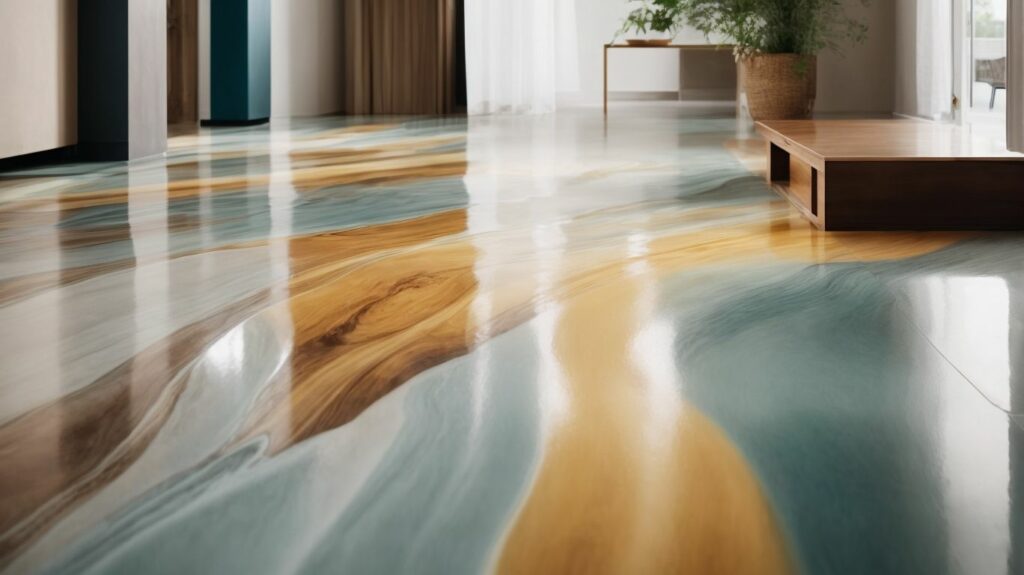

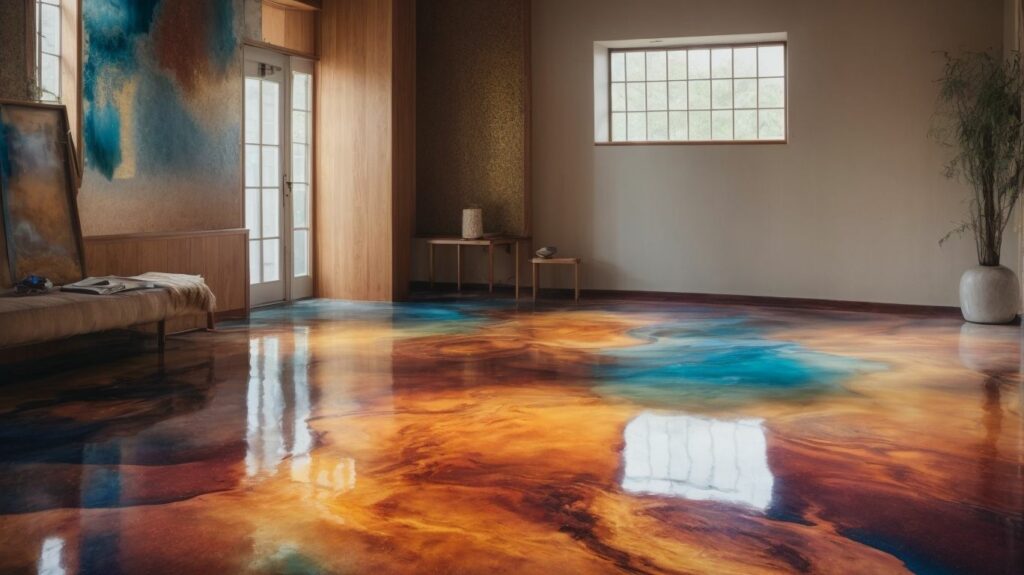
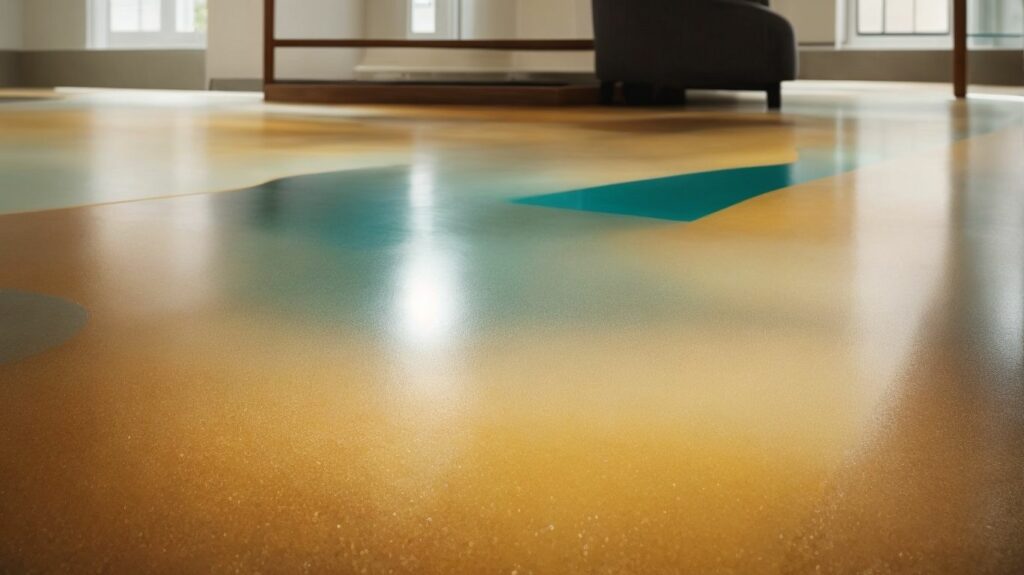
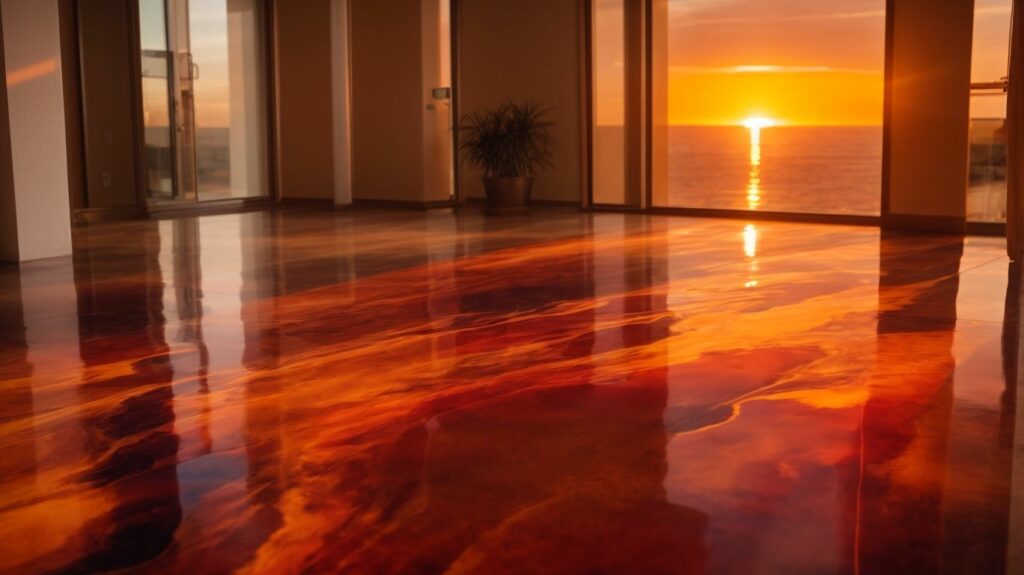
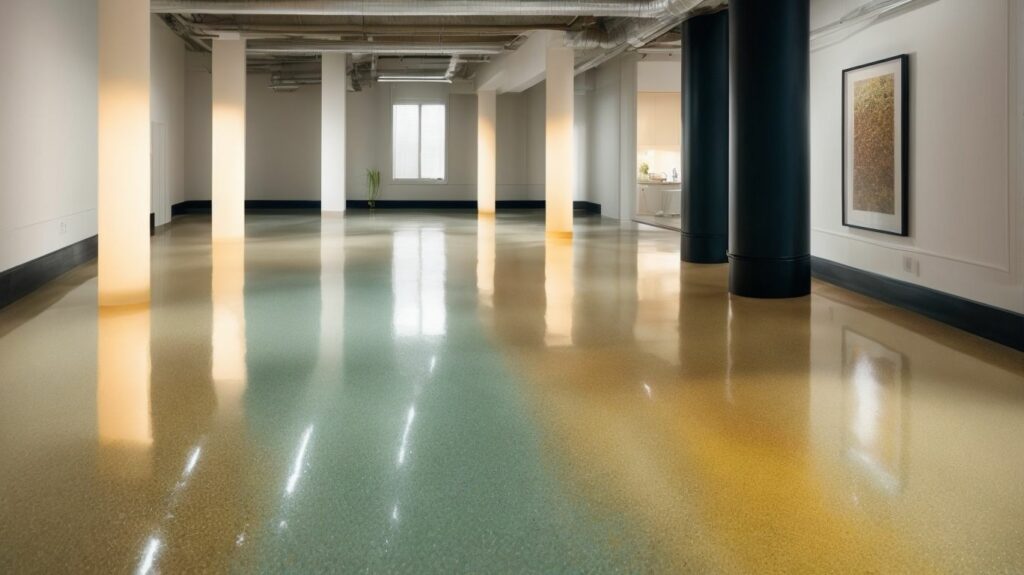
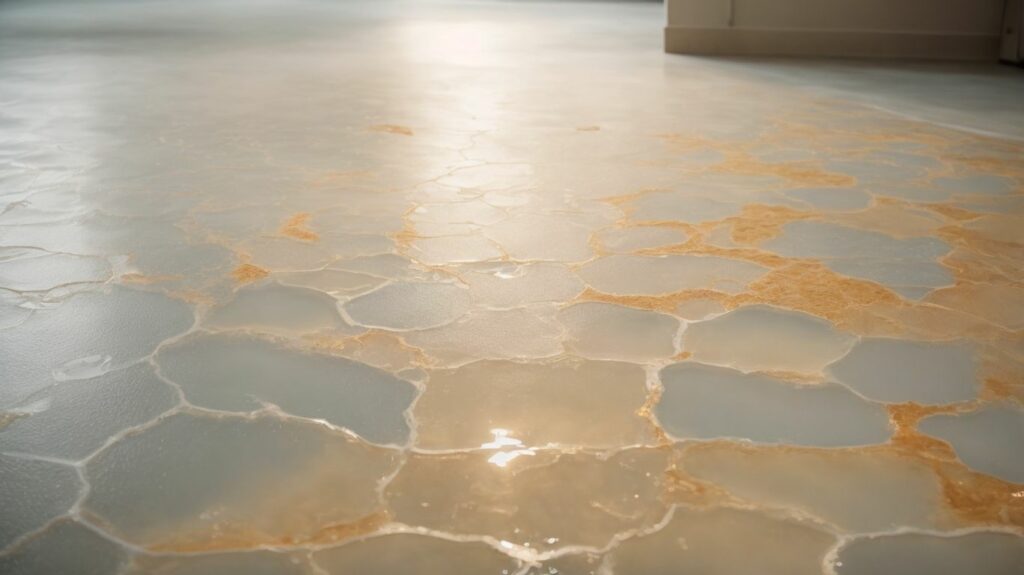
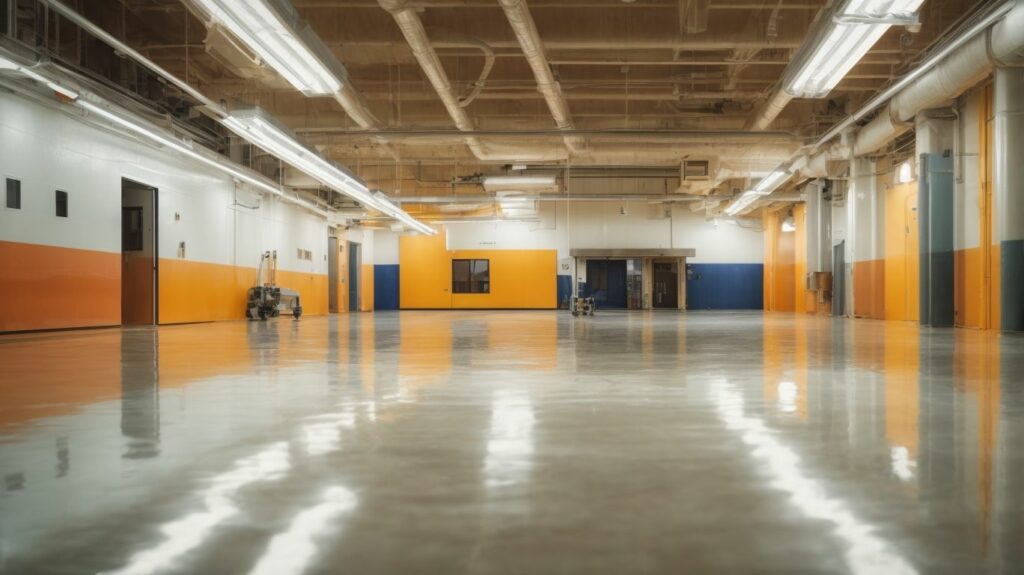
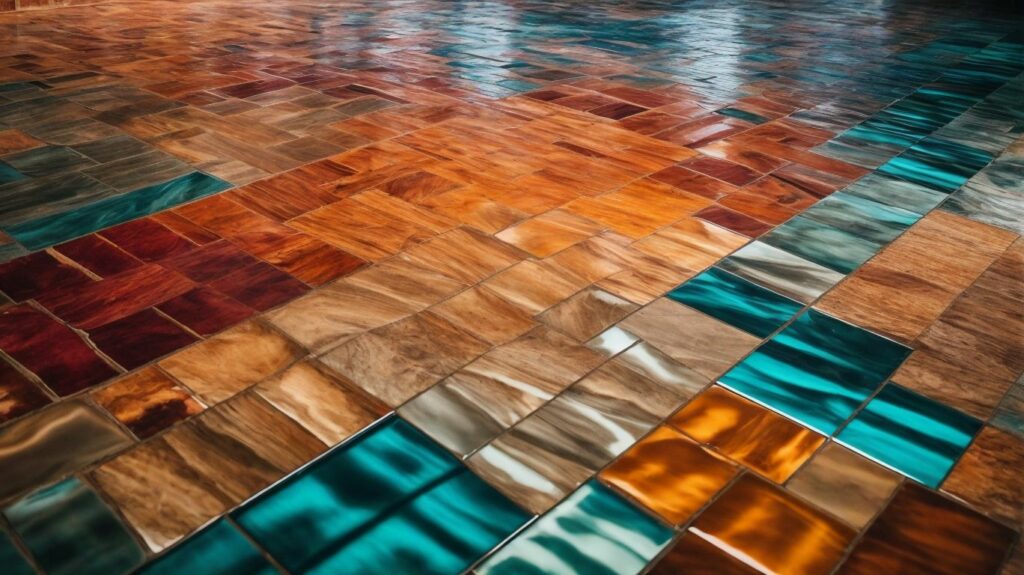
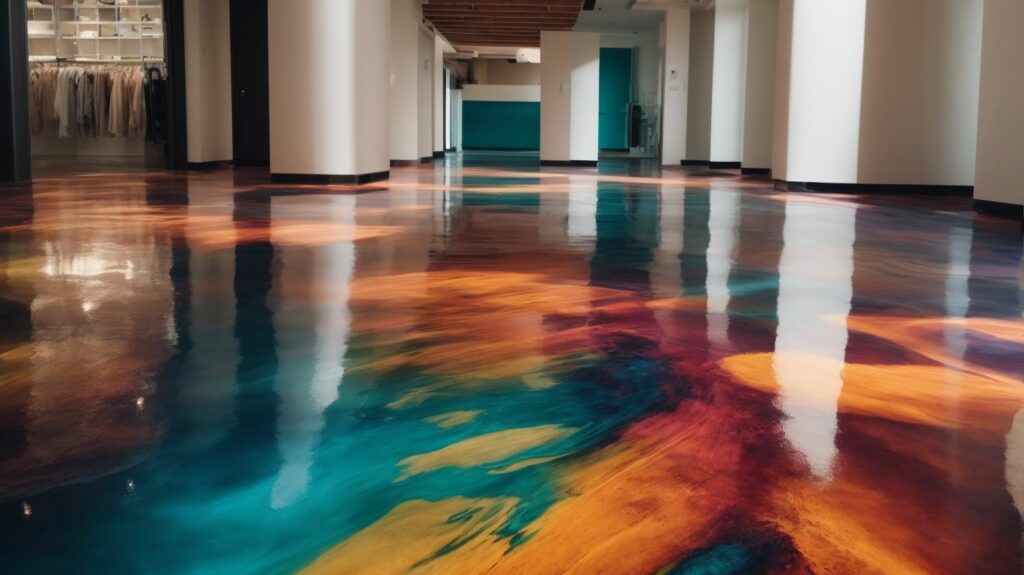

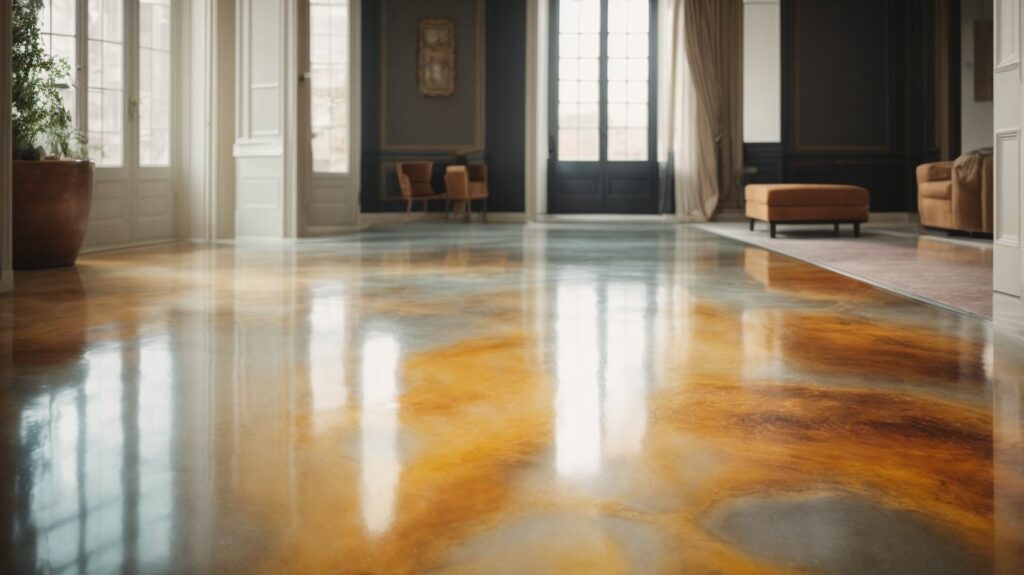
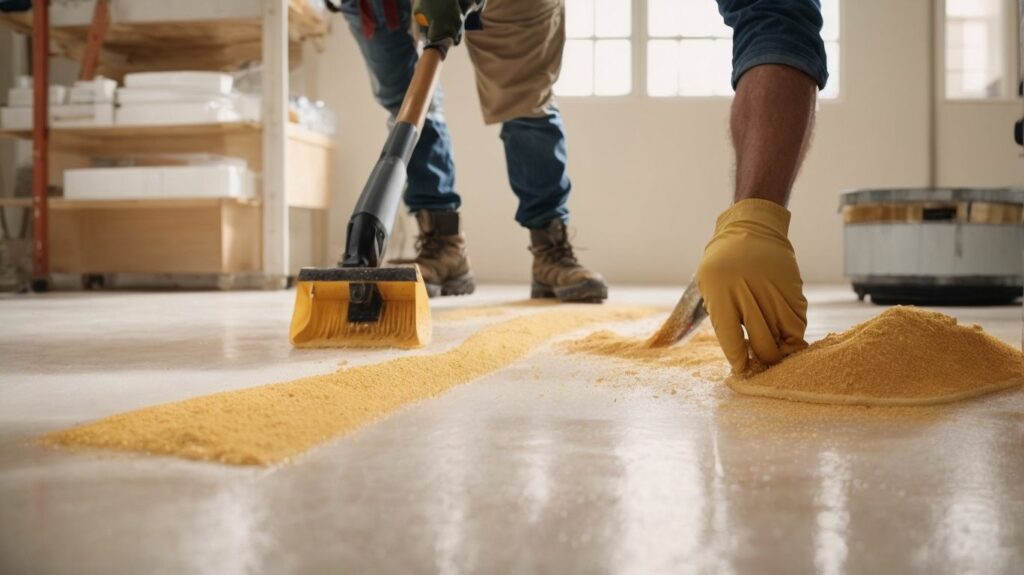
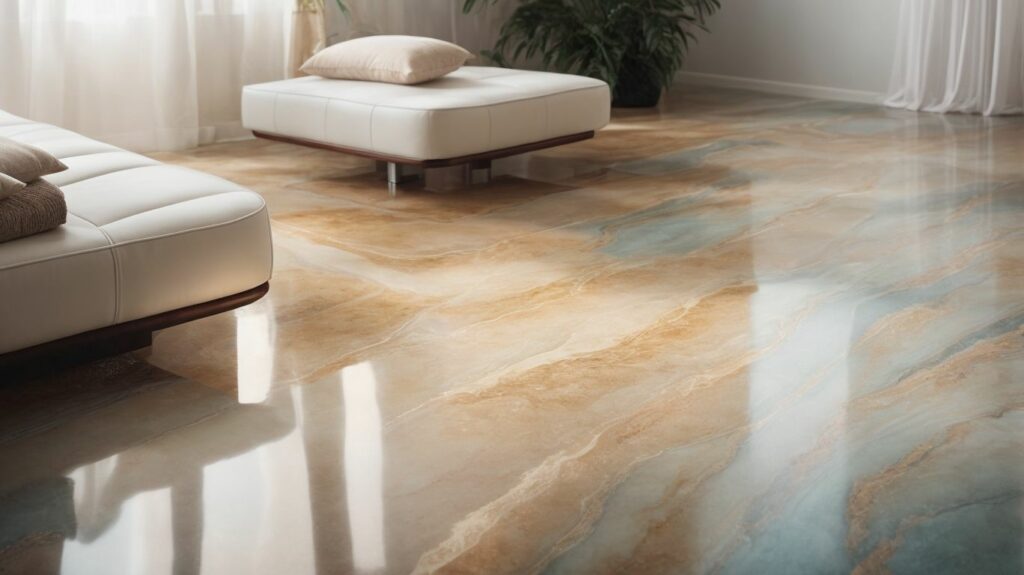
We Aim To Reply To All Enquiries With-in 24-Hours